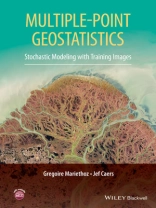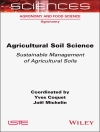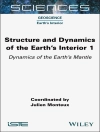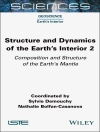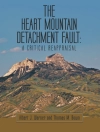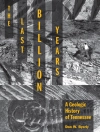This book provides a comprehensive introduction to multiple-point geostatistics, where spatial continuity is described using training images. Multiple-point geostatistics aims at bridging the gap between physical modelling/realism and spatio-temporal stochastic modelling. The book provides an overview of this new field in three parts. Part I presents a conceptual comparison between traditional random function theory and stochastic modelling based on training images, where random function theory is not always used. Part II covers in detail various algorithms and methodologies starting from basic building blocks in statistical science and computer science. Concepts such as non-stationary and multi-variate modeling, consistency between data and model, the construction of training images and inverse modelling are treated. Part III covers three example application areas, namely, reservoir modelling, mineral resources modelling and climate model downscaling. This book will be an invaluable reference for students, researchers and practitioners of all areas of the Earth Sciences where forecasting based on spatio-temporal data is performed.
Table des matières
Preface, vii
Acknowledgments, xi
Part I Concepts
I.1 Hiking in the Sierra Nevada, 3
I.2 Spatial estimation based on random function theory, 7
I.3 Universal kriging with training images, 29
I.4 Stochastic simulations based on random function theory, 49
I.5 Stochastic simulation without random function theory, 59
I.6 Returning to the Sierra Nevada, 75
Part II Methods
II.1 Introduction, 87
II.2 The algorithmic building blocks, 91
II.3 Multiple-point geostatistics algorithms, 155
II.4 Markov random fields, 173
II.5 Nonstationary modeling with training images, 183
II.6 Multivariate modeling with training images, 199
II.7 Training image construction, 221
II.8 Validation and quality control, 239
II.9 Inverse modeling with training images, 259
II.10 Parallelization, 295
Part III Applications
III.1 Reservoir forecasting – the West Coast of Africa (WCA) reservoir, 303
III.2 Geological resources modeling in mining, 329
Coauthored by Cristian P´erez, Julian M. Ortiz, & Alexandre Boucher
III.3 Climate modeling application – the case of the Murray–Darling
Basin, 345
Index, 361
A propos de l’auteur
Gregoire Mariethoz is Professor Assistant at the Faculty of Geosciences and Environment of the University of Lausanne, Switzerland, and Adjunct Senior Lecturer in Water Resources Engineering at the University of New South Wales, Australia.
Jef Caers is Professor of Energy Resources Engineering at Stanford University, USA and Director of the Stanford Center for Reservoir Forecasting. His previous book publications include Petroleum Geostatistics (SPE) and Modeling Uncertainty in the Earth Sciences (Wiley-Blackwell).
